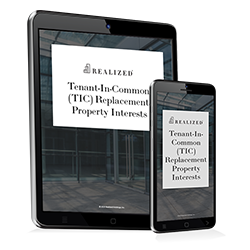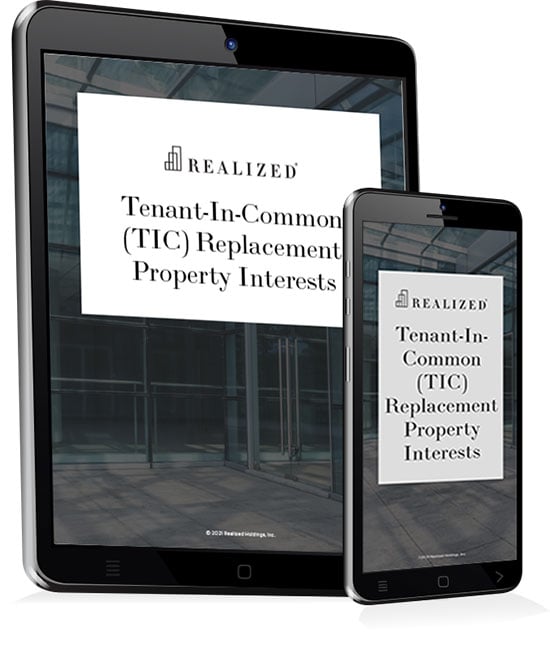
Partnerships can be an ideal legal structure for investors interested in acquiring, owning and operating real estate. A partnership consisting of two or more people can help boost capital availability and operational experience, while providing liability protection and tax pass-through treatment on your income tax return.
Yet, with all that is positive about a real estate-owning partnership, one huge issue is that partners don’t always agree, especially when it comes time to sell the asset. One partner might be okay with paying capital gain taxes on the resulting sale proceeds, while another might want to defer taxes by executing a 1031 Exchange.
While partnership dissolution is one method to handle such disagreements, a far less costly and time-consuming method is the Drop and Swap. This method converts partners into tenants-in-common (TIC), who can then make their own decisions about what to do with real estate disposition proceeds.
The Foundation of a Partnership, Explained
Before talking about the Drop and Swap, let’s first focus on the partnership.
If you own real estate, your name is on that real estate title, and you make the decisions about that piece of real estate. If you want to sell and hang onto the proceeds, you can do so. If you want to exchange out of that asset into another like-kind asset, you can do that, as well.
However, if you are part of a partnership, you don’t own the real estate. Rather, you own an interest in a partnership entity, and the entity owns the real estate.
Now, if you and your partners agree that exchanging into a like-kind asset is a good idea, the entity can go ahead and do that. But more often than not, partners might not agree on what to do with proceeds. According to the 1031 Exchange rules, an entity can participate in an exchange. Your partnership interest cannot.
The Drop and Swap, Also Explained
The Drop and Swap “drops” you from the partnership, and converts you to a tenant-in-common. As you are no longer involved with the partnership, you can make decisions about your real estate proceeds.
Here’s an example. Let’s say you’re partners with your friends, Carl, Marshall and Mary Jones. The Jones Limited Partnership owns an office building, with you, Carl, Marshall and Mary owning the partnership interests in the entity.
The four of you agree that it’s time to sell the building, and you want to defer your portion of taxes through a 1031 Exchange. But, the Jones siblings (Carl, Marshall, and Mary) don’t care about taxes; they want to cash out and retire on the proceeds. To maintain your friendship, you execute a Drop and Swap. The property title is changed to reflect your status as a tenant-in-common, rather than a partner. You now have direct ownership of part of the real estate, and can exchange that property into another like-kind asset.
One important thing to keep in mind is that the Internal Revenue Service (IRS) needs to be convinced that you and your partners are holding the property as an investment. How do you prove this? You hold onto that investment property for a period of time.
As such, it’s a good idea to refrain from a Drop and Swap immediately prior to selling your real estate. Once your status moves from partner to tenant-in-common, your hold period is wiped clean. It’s reset. The general rule of thumb for a Drop and Swap is that you, as the tenant-in-common, should hold onto the property for at least a year before selling or exchanging it.
In short, the Drop and Swap can be an effective method to resolving differences with a partnership, without resorting to a potentially confusing and time-consuming dissolution.
Questions about your ongoing or planned 1031 exchange? Realized 1031 can provide you with the finer points of information concerning 1031 Exchanges and other investment issues. Learn more by logging on to www.realized1031.com or by calling 877-797-1031.



